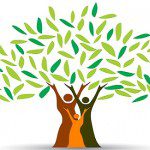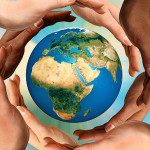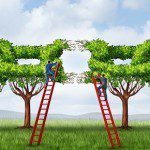 The following post is by my colleague, Shams Tara Wesley, Acupuncture Physician. Shams is co-facilitating the program for Healing Racism & Bigotry. You’ll be hearing a lot from her during this 4-week program which began on August 10th, God willing. She’ll be on the livestream calls, interacting with you in the facebook group for the program and contributing regular posts. Thank you for joining us for any part of this program. You are welcome to participate in any way you feel called. Please read on…”
The following post is by my colleague, Shams Tara Wesley, Acupuncture Physician. Shams is co-facilitating the program for Healing Racism & Bigotry. You’ll be hearing a lot from her during this 4-week program which began on August 10th, God willing. She’ll be on the livestream calls, interacting with you in the facebook group for the program and contributing regular posts. Thank you for joining us for any part of this program. You are welcome to participate in any way you feel called. Please read on…”
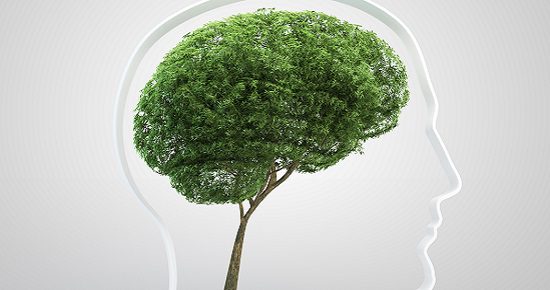
Today is the first day of the rest of your life.
Hi! It’s so good to feel your shining spirit today. I pray that you are well and feeling Divine grace, peace, and healing.
Know that you will never be the same as you were before you began this process. You’ve taken a big step in focusing on the acts of passive violence that consciously and subconsciously affect how you treat those of other races and ethnicities. Our next step is to continue to deepen our awareness of how our early experiences affected our perception of race.
On our livestream call Wednesday night, I showed you a picture of a tree. The tree is a visual metaphor for the way our deep, sometimes subconscious emotions and beliefs feed and create the racist thoughts and feelings we have. Here’s what I’m talking about:
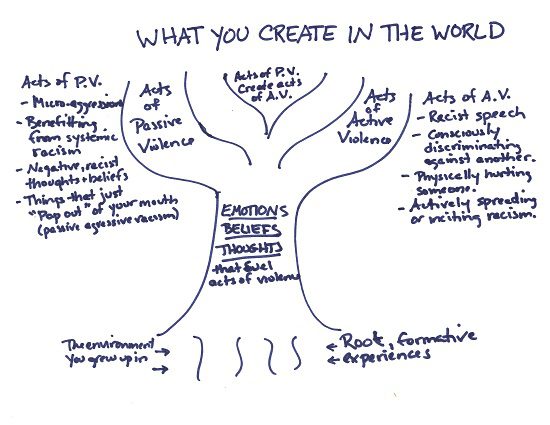
Even though my skills as an artist are lacking, I hope the metaphor is clear.
Early Experiences Still Affect Us Today
So many of us have been raised in an environment where racism–both blatant and subtle–was acceptable. Growing up, members of my family made racist remarks toward African Americans and Asians. It made me very uncomfortable. Even as I remember these events, I can feel a constriction in my chest and the desire to squirm away from the darkness of it.
If you’re reading this, you probably felt something similar at some point in your life.
Another piece for me was the way I felt powerless to challenge my family. As a child and a teen I didn’t have the maturity, the clarity, the centeredness in my heart to speak my truth and ask them to stop.
Choosing not to conform to the reality my family lived in, choosing to step away from their beliefs about the world and people was extremely difficult. Even more difficult was speaking about it. To this day, it’s still hard. It’s just hard. But now, thank God, I have the emotional tools to move through the fear and anxiety and speak my truth when my heart demands that the truth be heard.
Complicating matters is the negative pleasure I sometimes took in the presence of racist remarks. I can remember sitting at dinner, laughing at the way one of my family members would make fun of Asians. This family member was trying to make everyone laugh and thought he was doing no harm. It was hard for me not to laugh, not to join in with the connection the laughter made between all of us. I wanted to feel close to my family and be part of the group. And it made me feel safe to not be the butt of the quick and scathing wit that could be wielded at the dinner table.
These are feelings I am not proud of. I can give myself mercy looking back, knowing that I was a child under the influence of elders. But still, I am ashamed of the feelings of pleasure and safety I took at the expense of other human beings. And for a long time, I couldn’t even spend time thinking about this set of memories because of the guilt and shame.
To transform the shame, negative pleasure, discomfort, fear, anxiety, and desire to fit in and be part of the group, I have used and continue to use the process of Tawba. We’ll be getting into Tawba later in our program. It boils down to having sincere remorse for wrong actions/thoughts, saying you are sorry to God and any individual that you wronged, making a commitment to God to never repeating the bad actions/thoughts again, asking forgiveness of God, and making reparations, if there’s a specific person you wronged.
Using The Tree For A Single Issue
Here is how I used the tree to increase my self-awareness around the racism I participated in as a child. You can also use the tree to generally plot your acts of violence….and that would require a much BIGGER tree. This is how you can use the tree for a single event or grouped events.
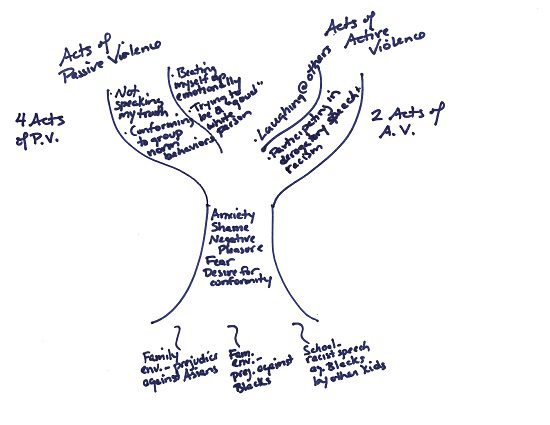
Free Worksheets For You To Use
Give it a try yourself. Begin to plumb the depths of your experience and see how they’ve led you to where you are today. I created a couple of worksheets for you to use at home. You can download them in the files area here.
The first worksheet (first page of the document) is for people who process well making lists. List your passive acts of aggression on the top two-thirds of the page, and your active acts of aggression in the bottom one-third of the page.
The second worksheet (second page of the document) is for people who process visually and want to see how things connect. It’s essentially a blank tree, and you can write in your own roots, trunk, branches, and leaves. There are little blurbs reminding you what to put in each section. Or, use it how it will work best for you. Please share any interesting ideas you come up with in the comments below so that we can all benefit.
We’d love to hear about your process in the comments below, and you can join us on our Facebook group to go deeper in your sharing. The Facebook group is a closed group, moderated by myself and Mastura Debra Graugnard. This is a safe space, designed to allow us to explore these issues in a non-judgmental container of divine love, divine peace, and divine healing. This, God willing, will allow us to go deep within ourselves and root out the poison we call racism.
I hope you have a great day learning more about yourself, to bring light into the darkness. Peace.
Shams Tara Wesley
PHOTO CREDITS: Adobe Stock © Mopic #39427988

